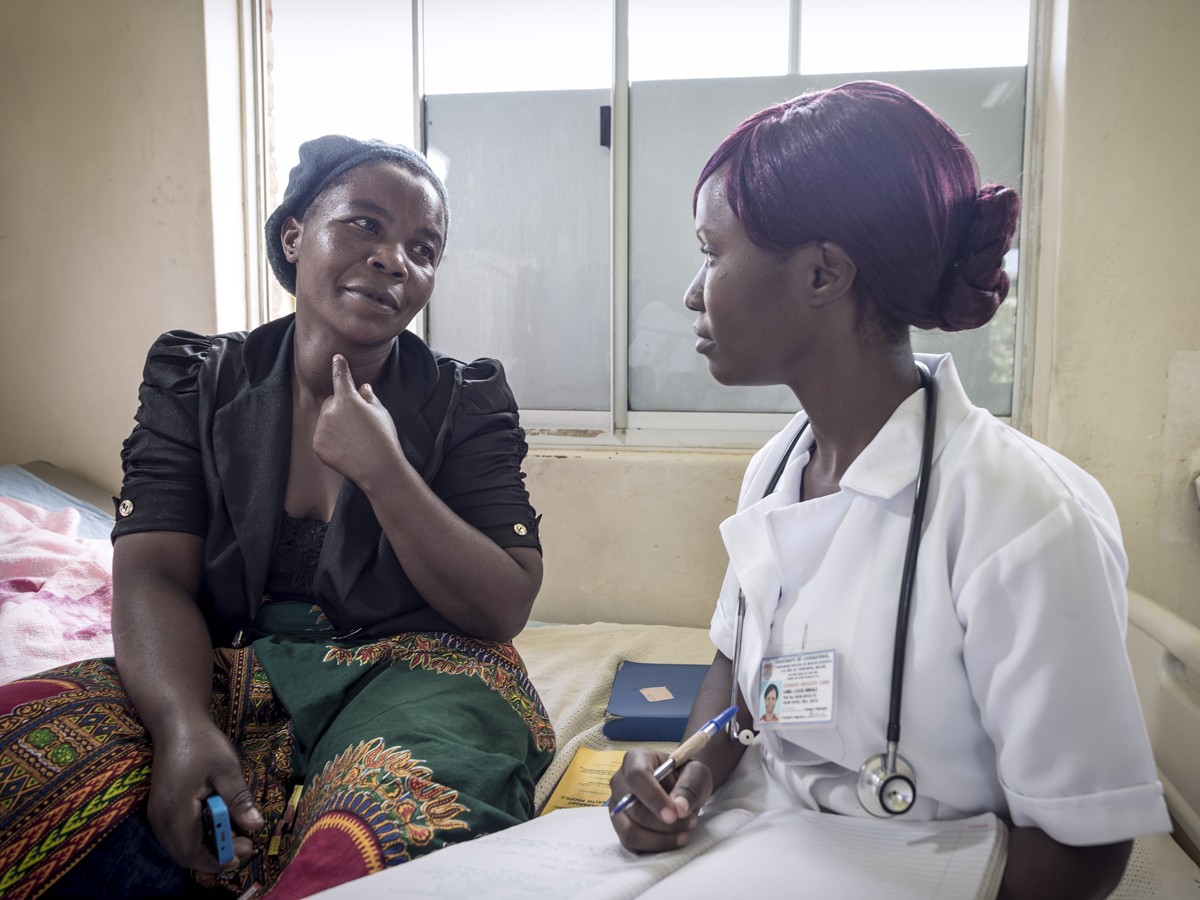Authors:
David Goodman-Meza, Steven Shoptaw, Brett Hanscom, Laramie R. Smith, Philip Andrew, Irene Kuo, Jordan E. Lake, David Metzger, Ellen A. B. Morrison, Melissa Cummings, Jessica M. Fogel, Paul Richardson, Jayla Harris, Jesse Heitner, Sarah Stansfield & Nabila El-Bassel for the HPTN 094 Study Team
Abstract:
Background
Persons with opioid use disorders who inject drugs (PWID) in the United States (US) face multiple and intertwining health risks. These include interference with consistent access, linkage, and retention to health care including medication for opioid use disorder (MOUD), HIV prevention using pre-exposure prophylaxis (PrEP), and testing and treatment for sexually transmitted infections (STIs). Most services, when available, including those that address substance misuse, HIV prevention, and STIs, are often provided in multiple locations that may be difficult to access, which further challenges sustained health for PWID. HPTN 094 (INTEGRA) is a study designed to test the efficacy of an integrated, “whole-person” strategy that provides integrated HIV prevention including antiretroviral therapy (ART), PrEP, MOUD, and STI testing and treatment from a mobile health delivery unit (“mobile unit”) with peer navigation compared to peer navigation alone to access these services at brick and mortar locations.
Methods
HPTN 094 (INTEGRA) is a two-arm, randomized controlled trial in 5 US cities where approximately 400 PWID without HIV are assigned either to an experimental condition that delivers 26 weeks of “one-stop” integrated health services combined with peer navigation and delivered in a mobile unit or to an active control condition using peer navigation only for 26 weeks to the same set of services delivered in community settings. The primary outcomes include being alive and retained in MOUD and PrEP at 26 weeks post-randomization. Secondary outcomes measure the durability of intervention effects at 52 weeks following randomization.
Discussion
This trial responds to a need for evidence on using a “whole-person” strategy for delivering integrated HIV prevention and substance use treatment, while testing the use of a mobile unit that meets out-of-treatment PWID wherever they might be and links them to care systems and/or harm reduction services. Findings will be important in guiding policy for engaging PWID in HIV prevention or care, substance use treatment, and STI testing and treatment by addressing the intertwined epidemics of addiction and HIV among those who have many physical and geographic barriers to access care.







